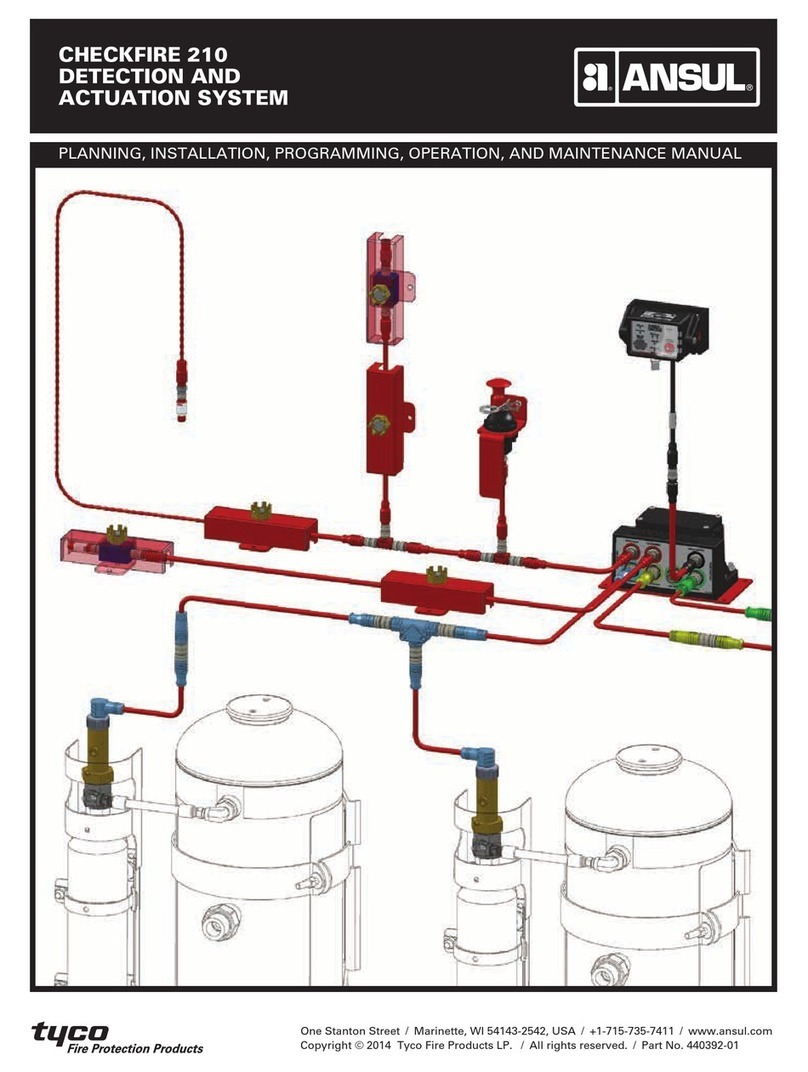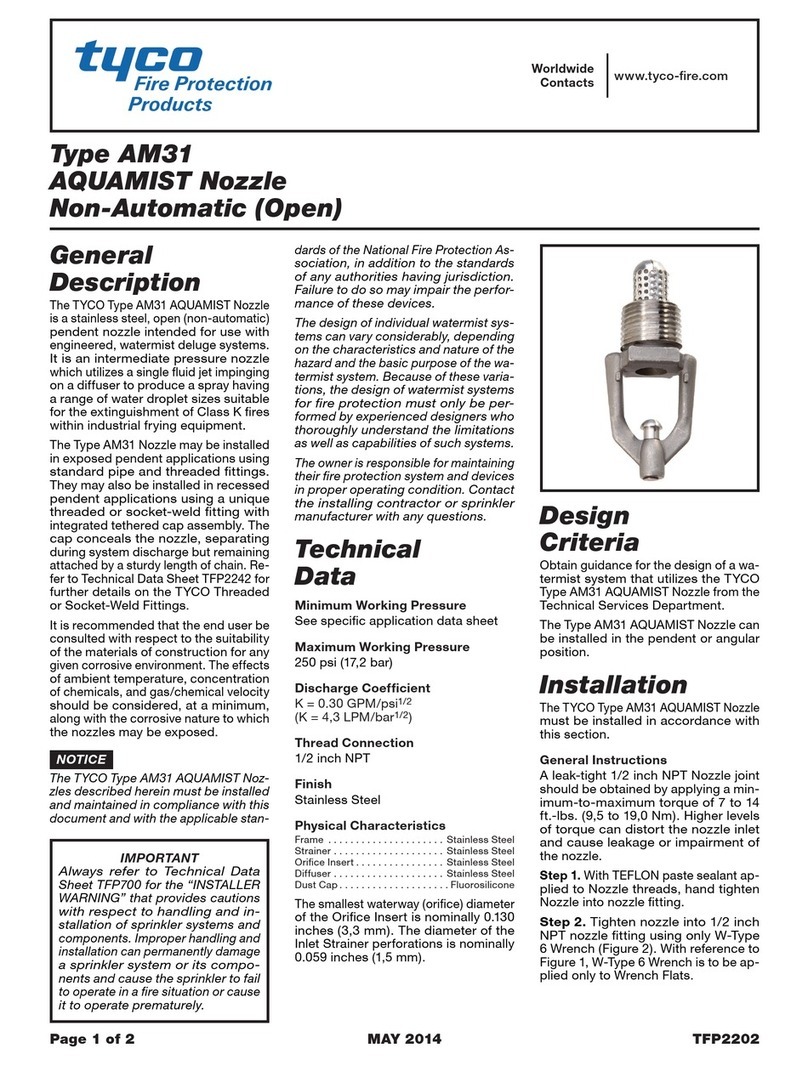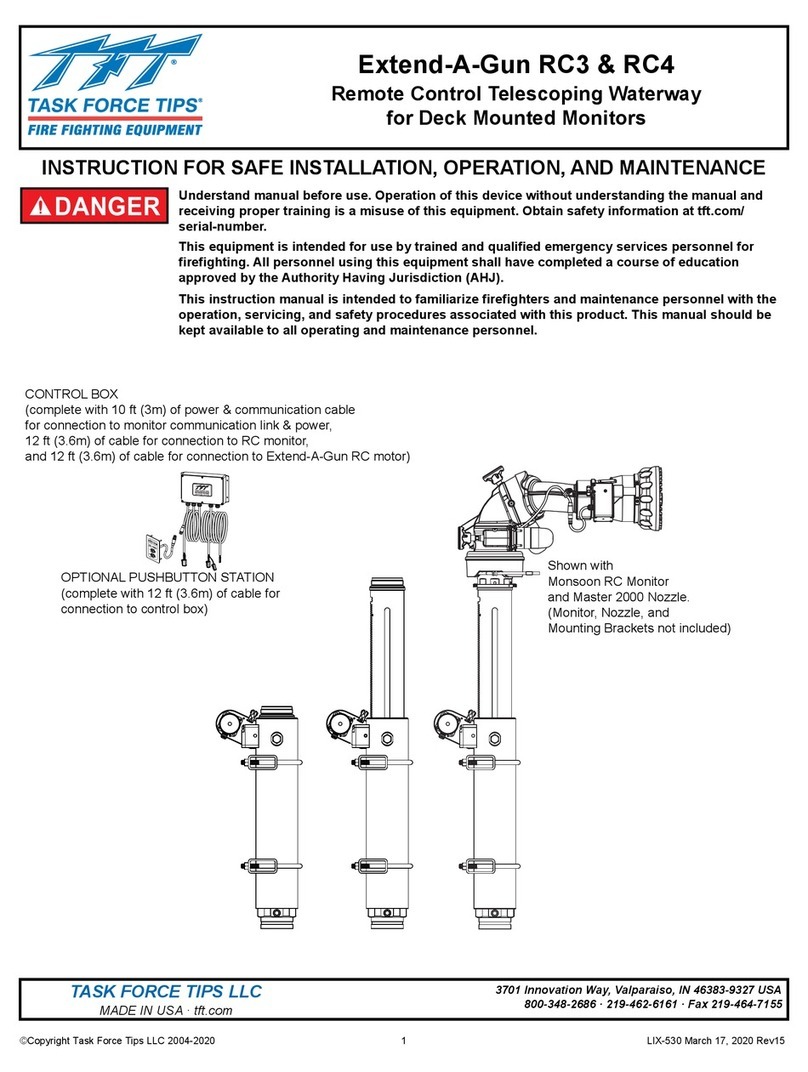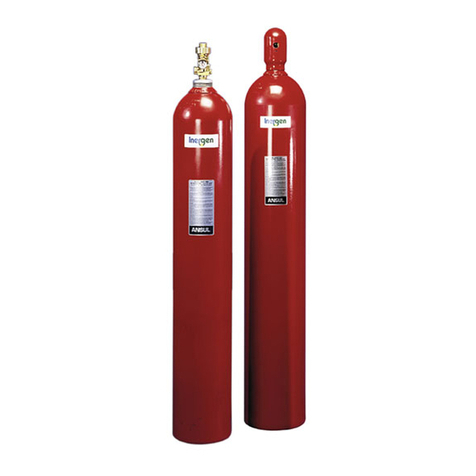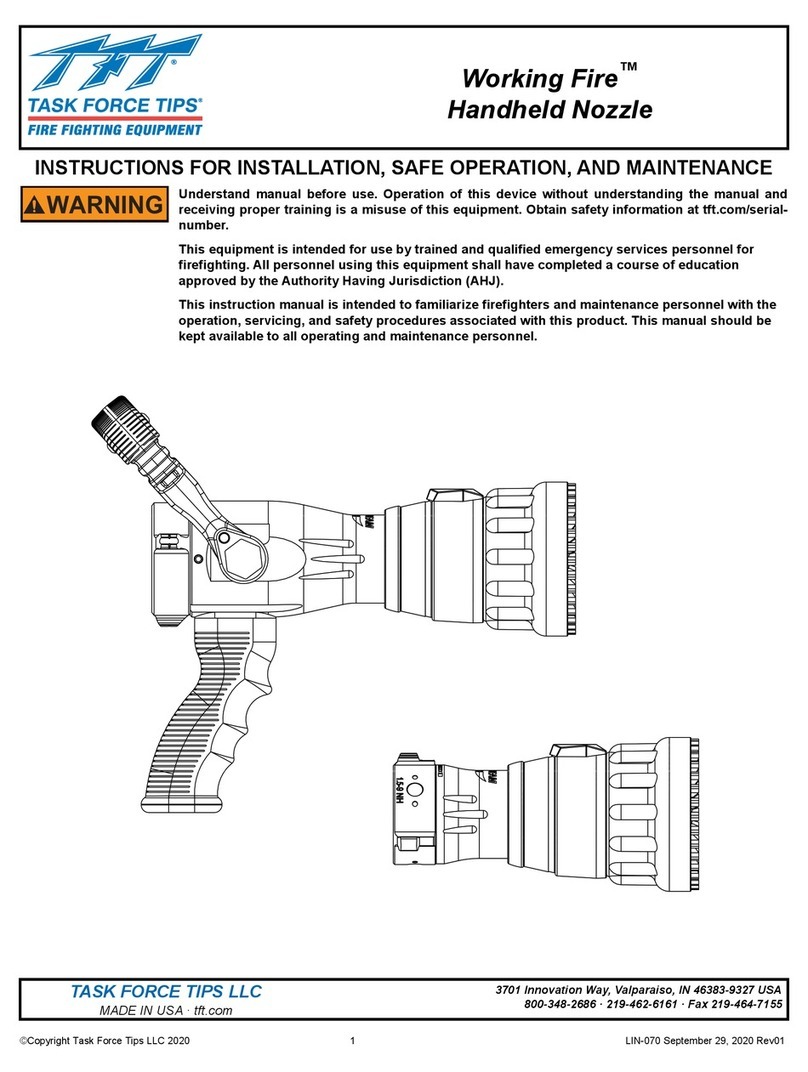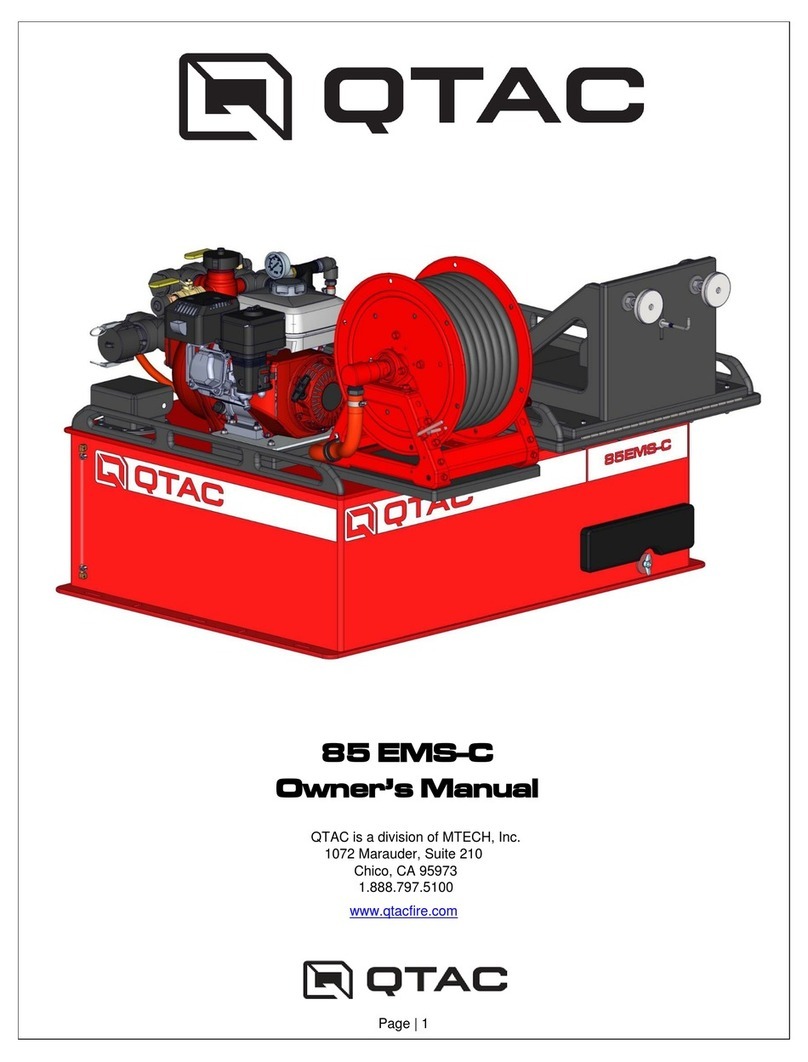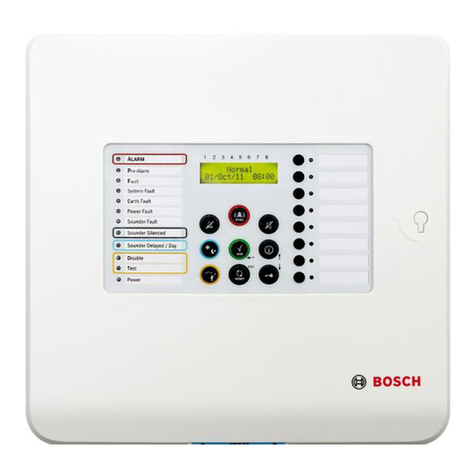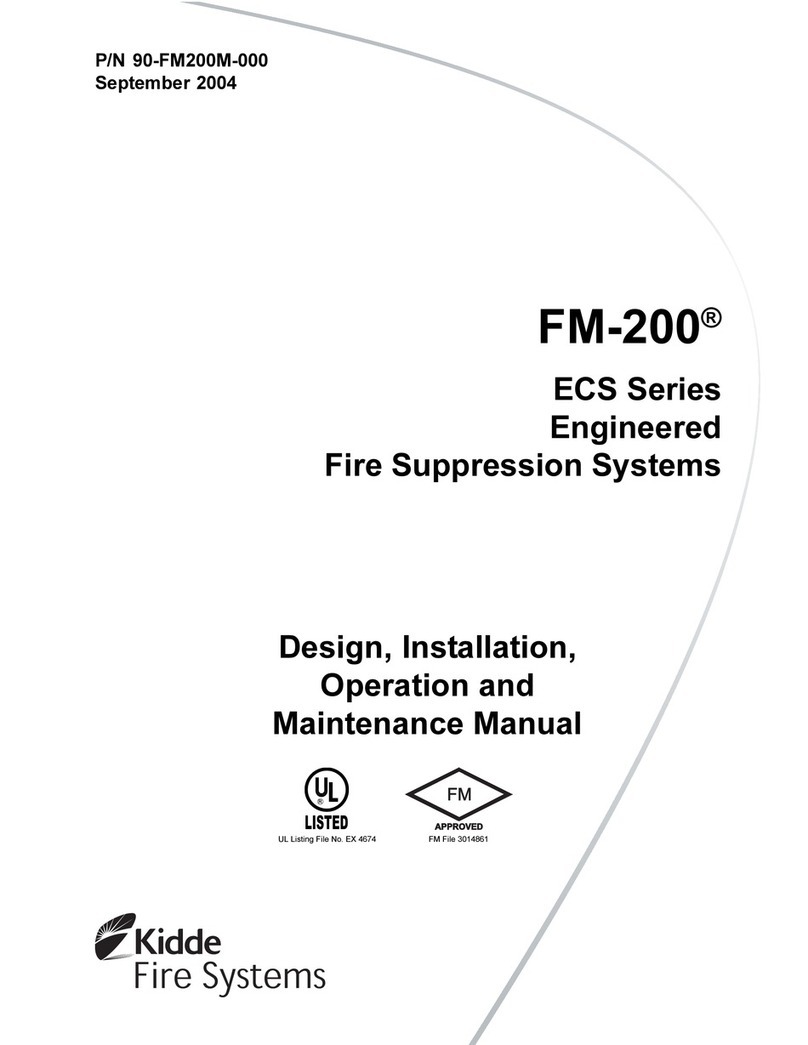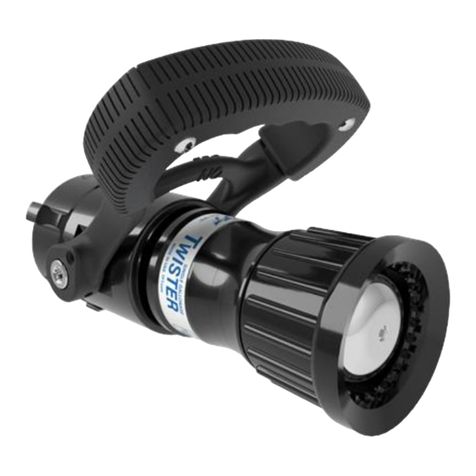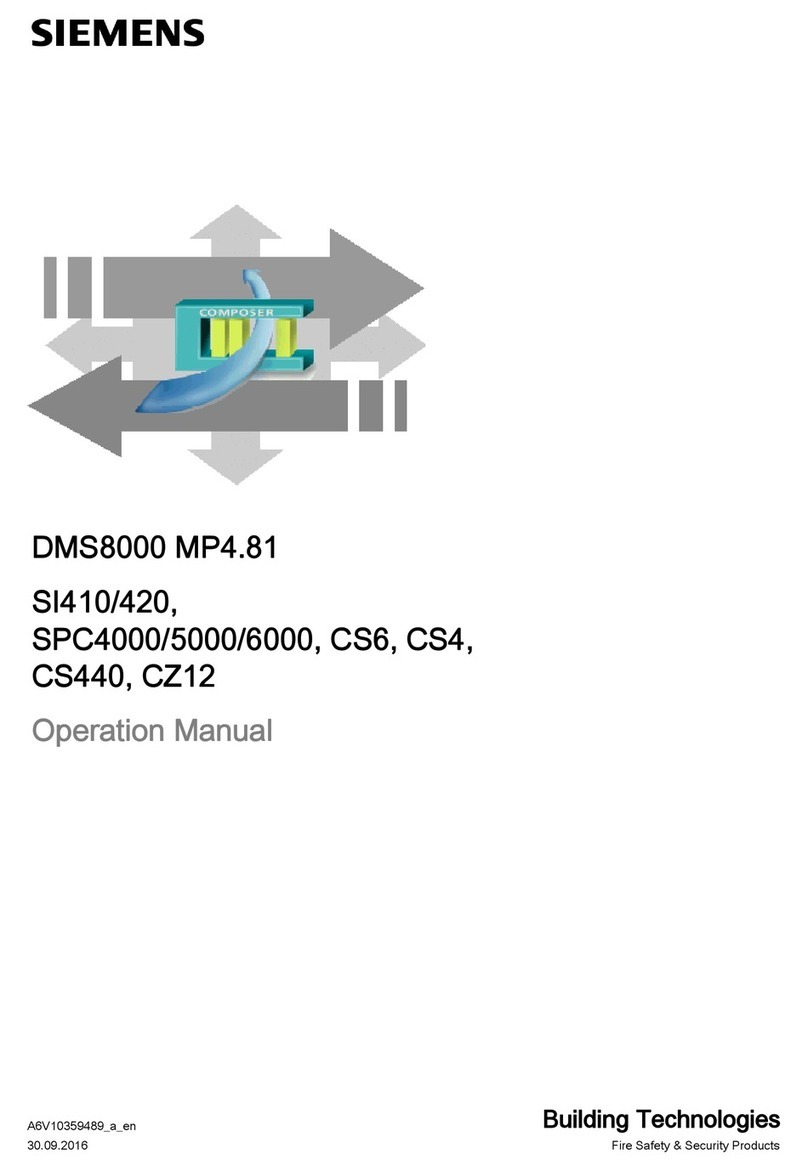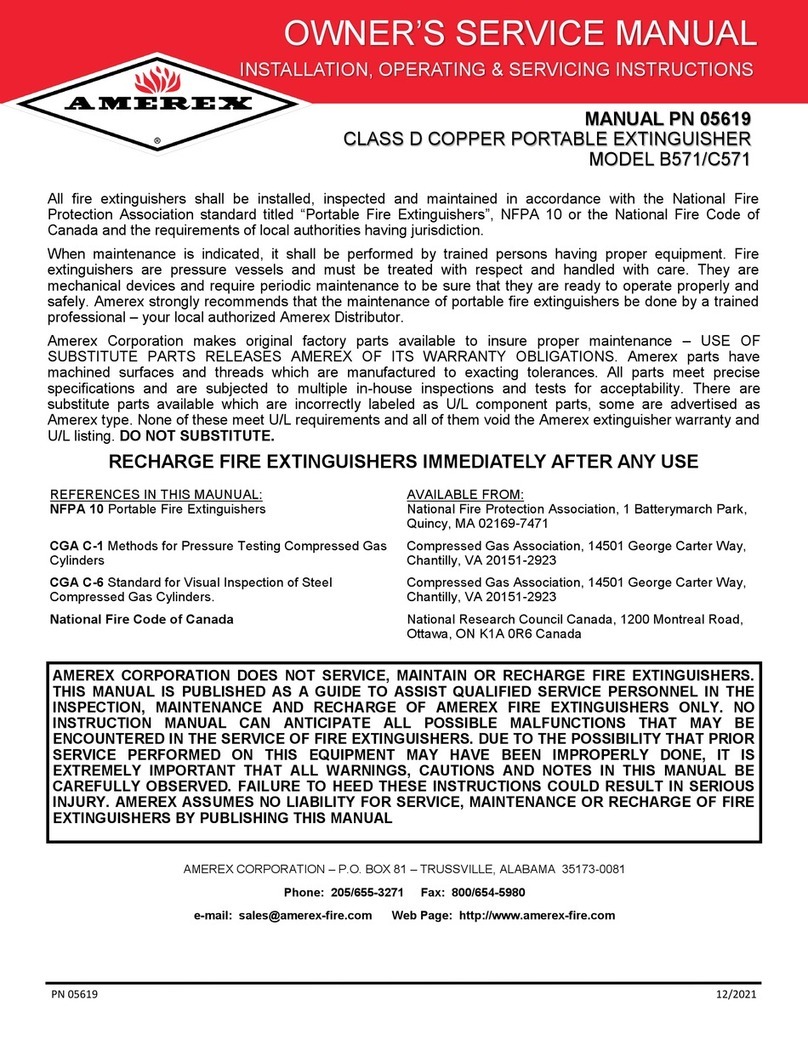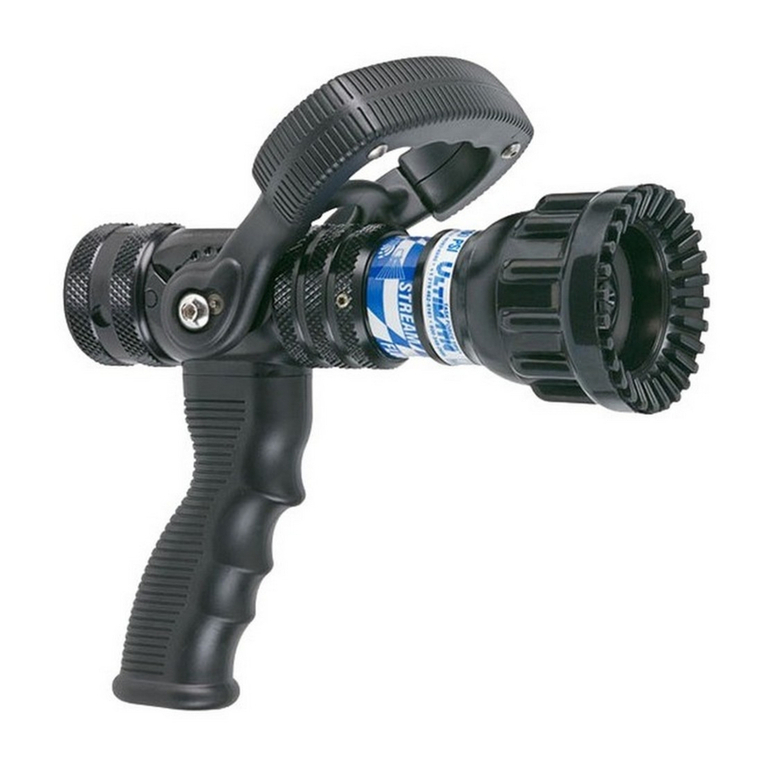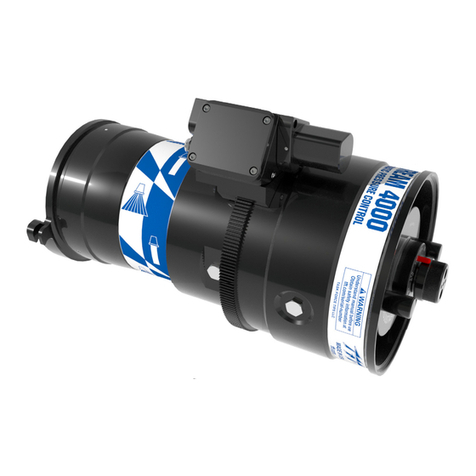TO PREPARE THE ANSUL SYSTEM FOR PLACEMENT IN
SERVICE (Continued)
NOTICE
Refer to Nitrogen Cylinder Valve illustration on
F-81397 for additional details.
b. Insert crescent ring into groove on cross-shaft.
c. Insert anchor stud through valve body and actuator pivot
member.
d. Engage and secure cap nut to anchor stud.
14. Remove safety plug from each nitrogen cylinder valve. (Retain
plug for future use.)
15. Connect high pressure hose to each nitrogen cylinder valve
and wrench tighten.
16. Make certain visual inspection seals on each nitrogen cylinder
valve are still intact. Replace any broken or missing visual
inspection seals (Part No. 25940).
17. When Provided: Install cartridge into booster actuator by
completing the following steps:
a. Remove screws at top and bottom, and slide cartridge
guard off.
b. Remove safety shipping cap and weigh cartridge. Replace
if weight is 1/2 ounce (14.2 g), or more, below weight
stamped on cartridge.
NOTICE
Cartridge Part Number is 4893. Order cartridge
under Shipping Part No. 5373 to assure
receiving correct replacement cartridge.
c. Check that puncture pin is fully retracted to assure safe
cartridge installation.
d. Screw cartridge into actuator and hand tighten.
e. Replace cartridge guard and install screws.
18. When Provided: Install cartridge into each remote actuator by
completing the following steps:
a. Pull ring pin and remove cartridge guard.
b. Remove safety shipping cap and weigh cartridge.
c. Replace cartridge if weight is 1/4 ounce (7.1 g), or more,
below weight stamped on models LT-5-R or LT-5-L.
Replace cartridge if weight is 1/2 ounce (14.2 g), or more,
below weight stamped on models LT-20-R or LT-30-R.
NOTICE
If cartridge requires replacement, order under
Shipping Part Number:
Shipping
Model Part No.
______ _______
LT-5-R 6979
LT-5-L 7013
LT-20-R 7032
LT-30-R 5373
d. Raise puncture pin to assure safe cartridge installation.
e. Screw cartridge into actuator and hand tighten.
f. Replace cartridge guard and insert ring pin through guard
into puncture lever link.
g. Seal with visual inspection seal (Part No. 25940).
19. Arm AUTOMAN II-C releasing device by completing the
following steps:
NOTICE
If release will not remain in ARMED position,
check detection system for source of alarm
signal.
a. Arm the releasing device by using the cocking lever (Part
No. 26310).
b. Remove the cocking lever.
c. Manually check releasing device by striking RED push
button.
d. Rearm releasing device by repeating Steps (a) and (b).
20. Install cartridge into AUTOMAN II-C releasing device by
completing the following steps:
a. With releasing device in the armed position, insert ring pin
into puncture pin assembly shaft.
b. Remove safety shipping cap and weigh cartridge. Replace
if weight is 1/2 ounce (14.2 g), or more, below weight
stamped on cartridge.
NOTICE
Cartridge Part Number is 4893. Order cartridge
under Shipping Part No. 5373 to assure
receiving correct replacement cartridge.
ASSEMBLY
Page 2
CAUTION
!
The Quick-Opening lever may be removed slightly
forward, approximately 1/4 inch (6.4 mm), to permit
installation of the anchor stud.
FORWARD MOVEMENT IN EXCESS OF 1/4 INCH
(6.4 mm) MAY RESULT IN ACTUATION OF THE
VALVE. If valve is accidentally actuated, close the valve
by completing Steps 2(b), 2(c), and 2(d) on Page 5.
WARNING
!
Do not place body or head in front of cylinder valve outlet.
If valve is accidentally operated, velocity of unrestricted
escaping gas is forceful enough to cause injury, especially
about the face and head.
WARNING
!
Do not strike “pull” lever when connecting hose to cylinder
valve.
CAUTION
!
Do not attempt to install cartridge before arming release.
WARNING
!
Do not install cartridge at this time.
CAUTION
!
Take all precautions to avoid firing the releasing device
when the ring pin is installed. Firing the release with the
ring pin in place will damage (possibly destroy) the
solenoid.


